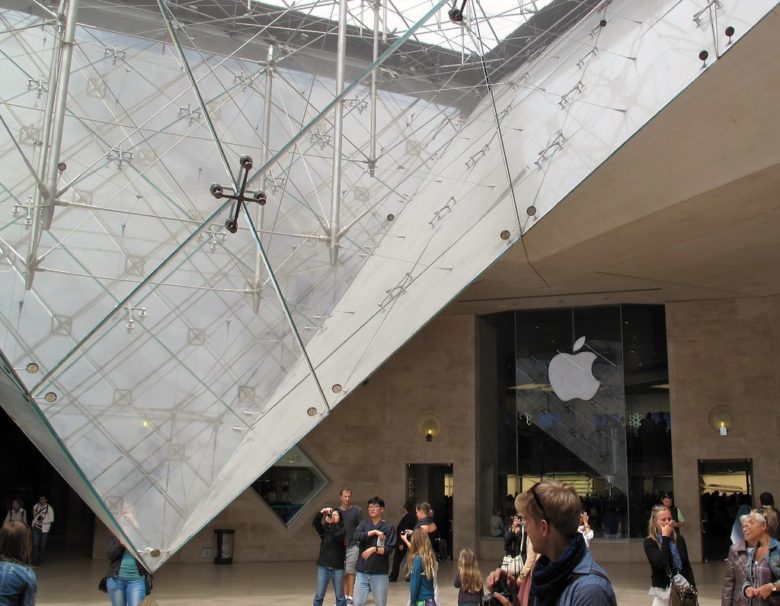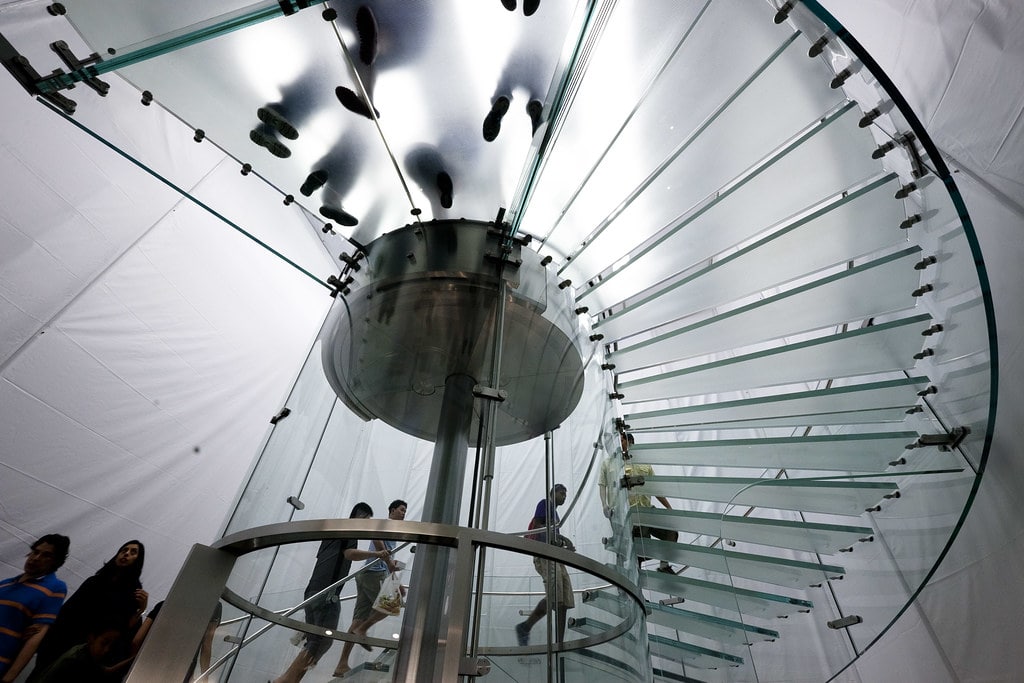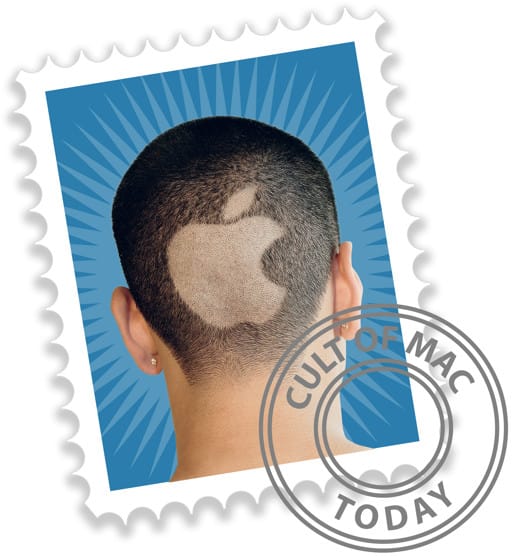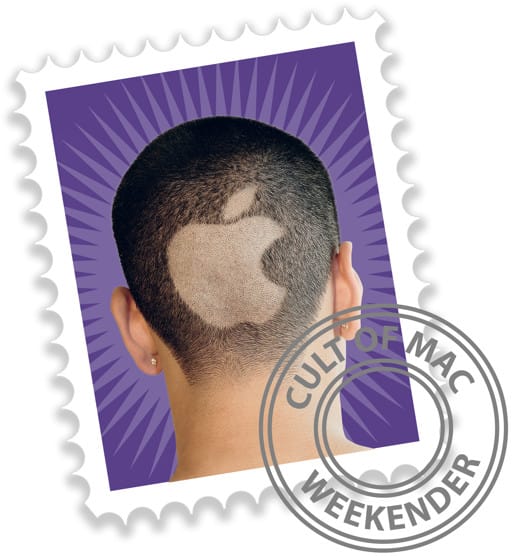With good reason, we think of the likes of design boss Jony Ive and frequent Apple Store architect Norman Foster as the people most responsible for some of Apple’s most iconic designs.
But celebrated Chinese-American architect I.M. Pei, who died Thursday, aged 102, played a much bigger role in Apple history than you might realize.
I.M. Pei first got involved with Apple in the early 80s, before it even launched the first Macintosh. Jobs wanted to hire I.M. Pei to design a campus for Apple in Coyote Valley, San Jose. This didn’t end up happening, but Jobs and Pei did work together not long after.
The first instance was an ongoing project to create an apartment in the San Remo, a Neo-Renaissance apartment building in New York City. Jobs hired I.M. Pei’s firm to work on the project, although Jobs never wound up living there.
Glass staircases and so much more
More significantly, he hired I.M. Pei during Jobs’ years running NeXT. Jobs’ brief this time was for I.M. Pei to design an attention-grabbing staircase for the main lobby of the company’s new offices in Redwood City. I.M. Pei designed a special freestanding staircase with steps that appeared to float. Jobs loved the design so much that he later reused it for the glass staircases seen in Apple Stores around the world.
This isn’t the extent of I.M. Pei’s contributions to the Apple world, either. He also designed the Jacob K. Javits Convention Center where MacWorld Expo New York used to be held.

Photo: Joanna Penn/Flickr CC
In France, the Apple Store built near the famous Louvre Museum faced La Pyramide Inversée, an inverted glass pyramid skylight which was created by I.M. Pei. This design also influenced the look of the iconic Fifth Avenue glass cube Apple Store in New York City. While I.M. Pei did not work on that project, there’s no doubt that — without him — it would have never looked the way it did.
All of these are, of course, just a fraction of the creations I.M. Pei was involved with during his epic career. But it highlights just how much of an influence he had on Apple — and Steve Jobs, too. Given Apple’s reputation for design, that’s no small thing.


